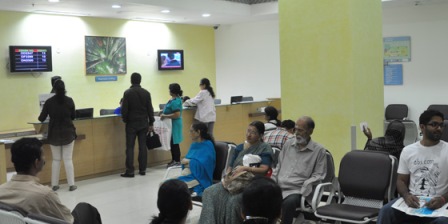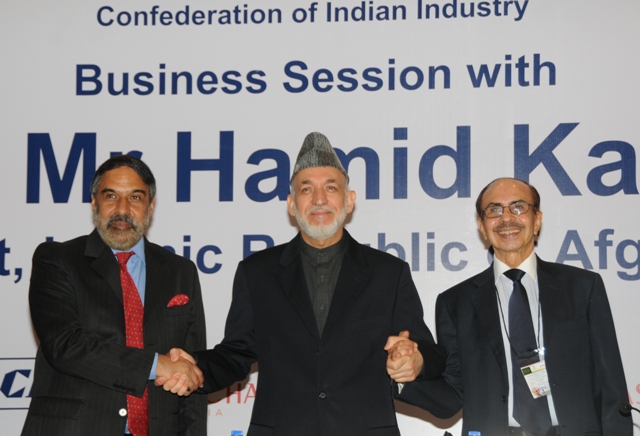Most Indians avoid doctor visits due to prohibitive costs of health care, thus leading to eventual hospitalisation. OPD insurance can help.
Sourced from the FICCI Feedback Report, ‘A Guiding Framework for OPD and Preventive Health Insurance in India- Supply and Demand Analysis’
The working population in India spends about 60% on the out-patient healthcare treatment annually from their pockets due to the skewed primary care system in India. Despite this, India has the lowest number of Primary Care visits by individuals, hence leading to hospitalisation cases. This is as per the FICCI-Feedback Consulting report titled ‘A Guiding Framework for OPD and Preventive Health Insurance in India; Supply and Demand Analysis’.
The objective of the report is to analyse the demand and supply needs for primary and preventive care insurance and suggest the business potential for the insurers and government stakeholders by introducing OPD insurance covers for primary care. At present, this has not been an area of focus for the insurance companies, leading to various issues that as discussed in the report.
As per the findings, about 16% of the urban population with a paying capacity and existing policy holders would be potential target group to purchase OPD covers if the primary care system is framed in a proportionate way with the right Government intervention.
Insurers suggest that the biggest barrier for offering OPD covers in India is the lack of data for pricing the covers and unorganised regulatory guidelines for primary healthcare. As per the report, early detection, regular health check-ups and preventive methods, could result in preventing a proportion of 44% of hospitalisation cases.
The IRDAI recently launched the report in a function in New Delhi. As per a release, “While the need to include primary and preventive elements in health insurance products is undisputable, it has not made much headway given the concerns relating to likely misuse and overuse. This paper has come at an opportune moment giving scope for discussions not only regarding the supply and demand side aspects of primary and preventive care but also the environment within which these aspects operate.”
The paper, produced by Feedback Consulting in partnership with FICCI’s task force on ‘Primary and Preventive Care’ provides the international big picture framework and a detailed local market opportunity with actionable solutions.
The report analyses the primary care practices of select countries like Brazil, China, Turkey, Thailand, Indonesia and South Africa to draw learnings from an India perspective. The report also highlights local case studies about healthcare start-ups such as Practo Technologies, Qikwell Technologies and Portea Medical for insurers to galvanise the potential of the primary care market.
Three major actionables can enable the OPD insurance market in India – Capitation-based products to allow risk sharing with aggregators and health administrators; electronic health records for frictionless platforms to administer OPD claims, and closed provider networks to align providers and insurer’s interests.
Read the entire report here.
(Picture courtesy www.kokilabenhospital.com. Image is used for representational purpose only)

